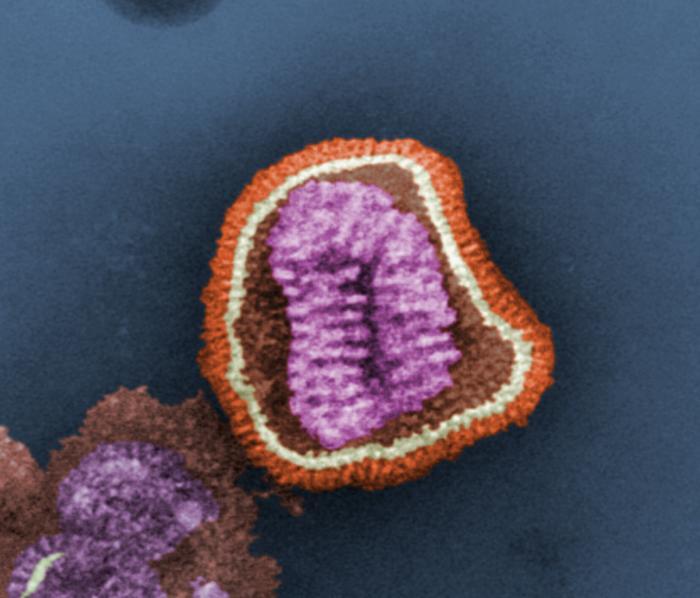Determining the Protective Efficacy of Toll-Like Receptor Ligands to Minimize H9N2 Avian Influenza Virus Transmission in Chickens
Low-pathogenicity avian influenza viruses (AIV) of the H9N2 subtype can infect and cause disease in chickens. Little is known about the efficacy of immune-based strategies for reducing the transmission of these viruses. The present study investigated the efficacy of Toll-like receptor (TLR) ligands (CpG ODN 2007 and poly(I:C)) to reduce H9N2 AIV transmission from TLR-treated seeder (trial 1) or inoculated chickens (trial 2) to naive chickens. The results from trial 1 revealed that a low dose of CpG ODN 2007 led to the highest reduction in oral shedding, and a high dose of poly(I:C) was effective at reducing oral and cloacal shedding. Regarding transmission, the recipient chickens exposed to CpG ODN 2007 low-dose-treated seeder chickens showed a maximum reduction in shedding with the lowest number of AIV+ chickens. The results from trial 2 revealed a maximum reduction in oral and cloacal shedding in the poly(I:C) high-dose-treated chickens (recipients), followed by the low-dose CpG ODN 2007 group. In these two groups, the expression of type I interferons (IFNs), protein kinase R (PKR), interferon-induced transmembrane protein 3 (IFITM3), viperin, and (interleukin) IL-1β, IL-8, and 1L-18 was upregulated in the spleen, cecal tonsils and lungs. Hence, TLR ligands can reduce AIV transmission in chickens.
